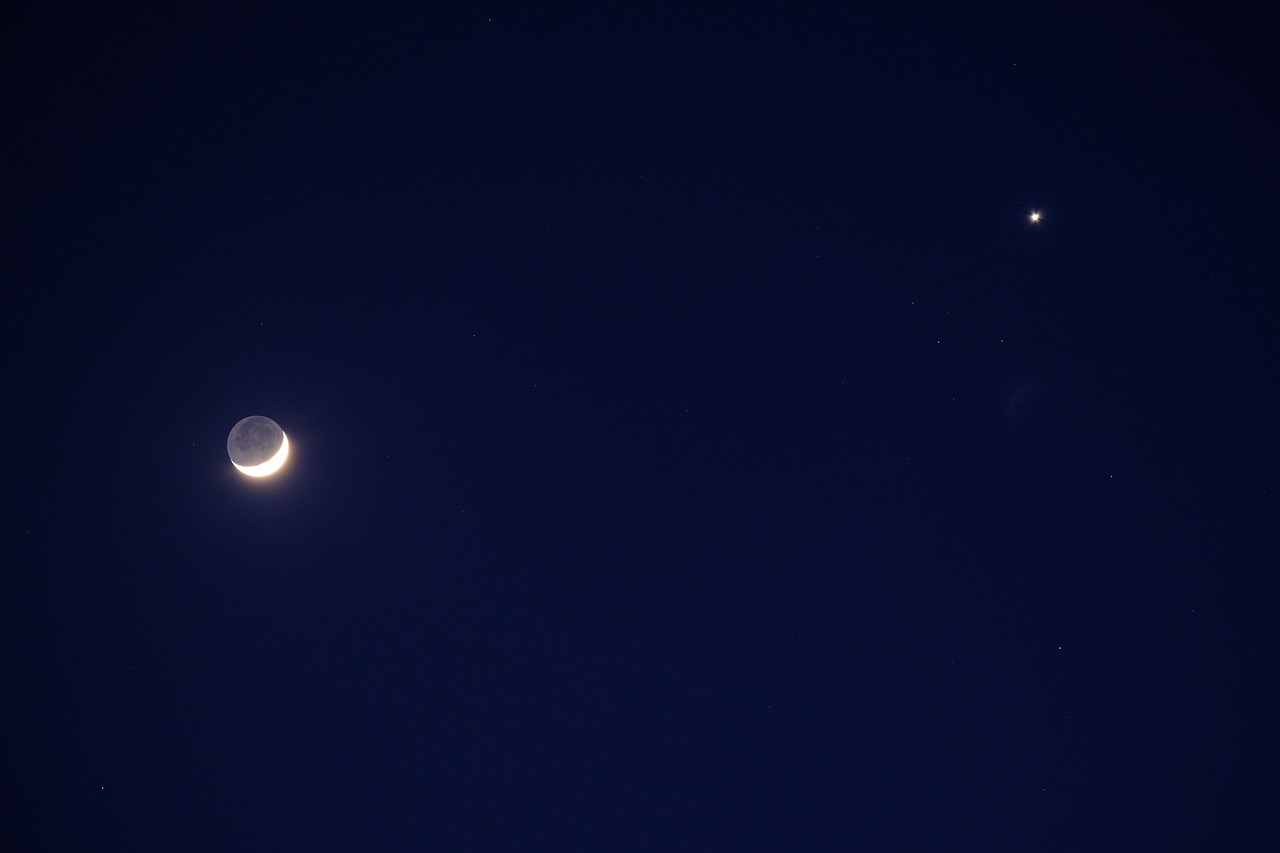Since ancient times, stargazers and astronomers have been mesmerized by Venus, the brilliant planet that is frequently referred to as Earth’s sister planet due to the similarities in its size and vicinity to our home planet. Venus, a planet that is famous for its radiance and splendor, may frequently be seen in the sky during both the morning and the evening, giving people who are interested in astronomy the opportunity to witness a breathtaking event. In this piece, we will investigate the current location of Venus in the night sky and delve into the intriguing realm of the planet that is our neighbor.
After the month of May 2023, Venus will be visible in the night sky as both an evening star and a morning star, depending on the time of year. At the moment, Venus may be seen most clearly in the eastern sky in the morning, where it can be admired in all her dazzling grandeur before the sun rises. To get a glimpse of Venus, one must get up very early and direct their focus toward the eastern horizon just before sunrise. This is the best time to see the planet.
How to Locate Venus in the Morning Sky The best time to get up and look for Venus in the morning sky is before sunrise, when the sky is still somewhat dark yet pretty clear. Take a step outside and look for a position that offers an unimpeded view of the horizon to the east. Venus will have the appearance of a dazzling, white, and constant light, far outshining the majority of the other celestial objects. Its great brilliance typically enables it to be seen even as the sky gradually brightens with the approach of dawn because it is visible even at that time.
The elliptical path that Venus follows around the Sun causes its altitude in the morning sky to shift throughout the course of the year. At other times, it might look like it’s lower in the sky, while at other times, it might look like it’s higher in the sky. Venus, on the other hand, is indisputably brilliant and unmistakable no matter where it is in the sky, making it an easy target for anyone who scan the sky early in the morning.
Some Fascinating Facts Regarding Venus:
- The Brightest Planet: After the Moon, Venus is the natural object that can be seen shining brightest in the night sky. Because of its extremely reflective cloud cover, which is primarily made up of sulfuric acid, it has an incredible brightness. This is due to the fact that the cloud cover is very reflective.
- Venus’s Retrograde Rotation Venus is unique among the planets in that it revolves on its axis in the opposite direction of most of the others, including Earth. Because Venus rotates in a retrograde direction, the planet’s sun now rises in the west and sets in the east.
- Thick Atmosphere: Venus has a thick atmosphere that is primarily composed of carbon dioxide, which causes the planet to have a greenhouse effect that is out of control. Because of this, the temperature at the surface of the planet soars to an excruciating 900 degrees Fahrenheit (475 degrees Celsius), making it the planet with the highest surface temperature in our solar system.
- The Phenomenon of the Transit Venus undergoes what is known as a transit approximately once every 18 months. This is a highly rare phenomenon that occurs when it aligns between the Earth and the Sun. During a transit, Venus appears as a tiny black dot moving across the surface of the Sun. This phenomenon is known as a transit. The most recent transit took place in 2012, and the subsequent one is not anticipated to take place until 2117.
Venus, the glorious planet that adorns our skies, never ceases to awe and amaze us with its dazzling splendor. This heavenly beauty in the morning sky can be seen by getting up before dawn and directing our sight toward the eastern horizon. Doing so will allow us to catch a glimpse of it. Venus, with her dazzling light and one-of-a-kind qualities, never fails to pique our interest in the mysteries of our cosmos. Consequently, program your alarm clock, get out of the house, and take pleasure in the wonderful dance of Venus, our charming sister planet.
![]()
